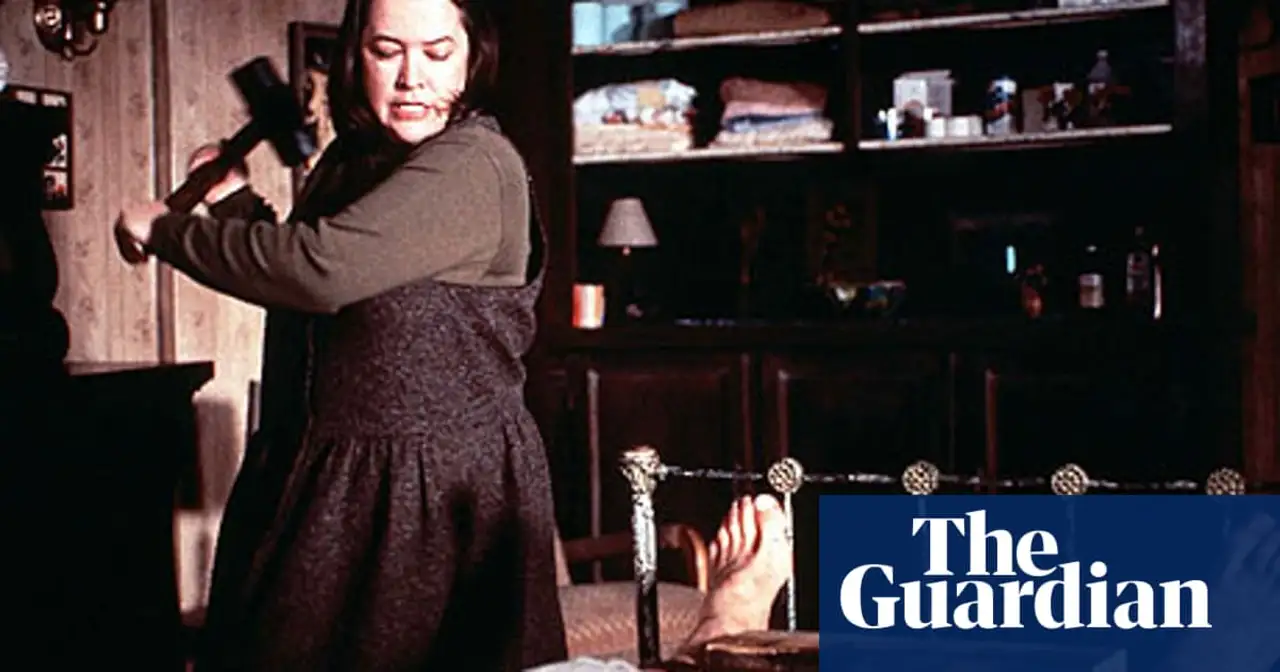
What are the dumbest cliches ever seen in horror movies?
The Curious Case of the Creepy Old House
It seems like every horror movie has to have a creepy old house that our unwitting protagonist stumbles upon. You know the kind: it's got cobwebs, creaking floors, and is shrouded in an aura of pure evil. Seriously, how many times have we seen this? It's a wonder that any scary flick can still take place in an old house without the audience rolling their eyes. The creep factor of the old house has been used so much that it's almost become a parody of itself. Instead of being scared, we're left wondering if the filmmakers were trying to be ironic or if they just couldn't come up with a more original setting.
Running Upstairs Instead of Out the Door
When the villain is on the loose and our hero or heroine is in danger, it feels like common sense to run away from the threat. But, for some reason, characters in horror movies seem to have a different logic. Instead of running out the front door and getting help, they always seem to run upstairs and trap themselves. Why? Is it because they think they'll have a better vantage point from the second floor? Or maybe they just really love stairs. Whatever the reason, it's a cliche that we've all come to expect and it's about as dumb as they come.
The Car That Won't Start
Picture this: The main character is about to make their great escape. They hop in their car, turn the key, and...nothing. The car won't start. It's a classic horror movie cliche that has been used time and time again to ramp up the suspense. But let's be real, how often does your car actually fail to start at the worst possible moment? Sure, it can happen, but it's become such a trope in horror films that it's hard to take seriously anymore. It's high time for filmmakers to come up with a more believable reason for characters to be stuck in dangerous situations.
The Inexhaustible Killer
Another frustratingly dumb cliche in horror movies is the seemingly inexhaustible killer. No matter how many times the villain is hit, stabbed, or shot, they always seem to come back for more. It's as if they have superhuman strength and an immunity to pain. While it can make for an intense and suspenseful climax, it's also completely unrealistic. We would love to see a horror movie where the villain actually stays down after being dealt a fatal blow. It would be a refreshing change of pace and make for a more believable story.
The Oblivious Authority Figures
Whenever there's a killer on the loose or some other supernatural threat, the local police and other authority figures always seem to be completely oblivious to the danger. Even when it's clear that something is seriously wrong, they're either too incompetent or too stubborn to believe the main characters. This cliche is not only lazy but also insulting to the intelligence of the audience. It's time for horror movies to give us some smarter authority figures who can actually help the protagonist instead of hindering their efforts.
The Unnecessary Jump Scare
Jump scares can be an effective tool in horror movies when used sparingly and in the right context. However, many horror films rely on cheap, unnecessary jump scares that only serve to startle the audience and not contribute to the overall atmosphere. For example, a cat jumping out of a closet or a friend tapping the protagonist's shoulder without warning. These moments are not only predictable but also take away from the genuine tension that could be built through more subtle means. It's time for filmmakers to retire the overused jump scare and focus on creating true suspense.
The Token Minority Character
Last but not least, one of the most frustrating cliches in horror movies is the token minority character. This character usually serves no purpose other than to check a diversity box and, more often than not, is the first one to be killed off. This not only perpetuates harmful stereotypes but also robs these characters of any depth or meaningful contribution to the story. Horror movies would greatly benefit from more diverse and well-developed characters that break away from this tired cliche.
In conclusion, horror movies have the potential to be thrilling, suspenseful, and genuinely terrifying. However, to truly achieve this, filmmakers need to retire these dumb cliches and focus on crafting original, engaging stories that keep audiences on the edge of their seats.
Write a comment